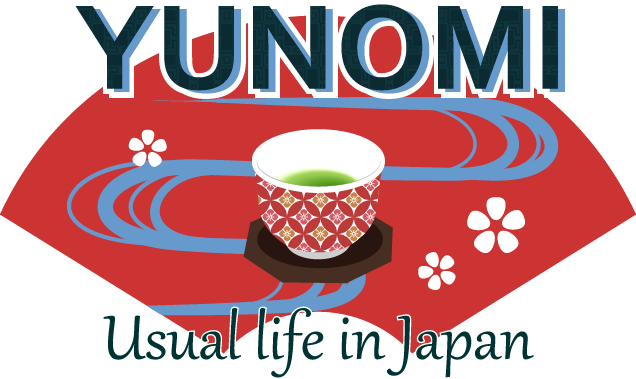When you walk through a Japanese neighborhood, you may notice small nameplates mounted beside the entrance of many homes.
These hyōsatsu are more than labels—they reflect identity, hospitality, and a unique way of organizing daily life in Japan.
A hyōsatsu placed beside the entrance reveals the family name of the home.
What Is a Hyōsatsu?
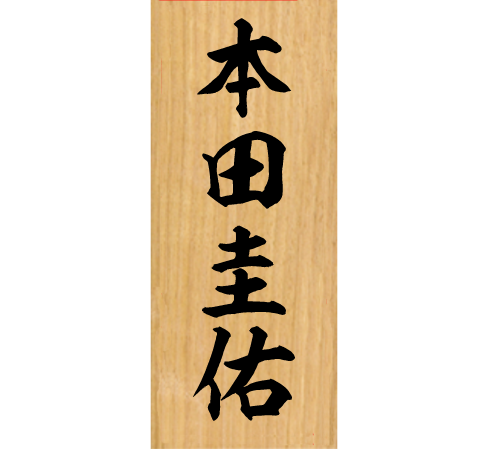
A hyōsatsu is a nameplate typically displayed near the front door or gate, showing the family’s surname.
In some cases, the first names of family members are included as well.
For visitors, postal workers, and delivery staff, the hyōsatsu serves as a clear confirmation that the correct household lives inside.
In a country where deliveries are often matched to a name rather than a house number, the hyōsatsu is surprisingly important.
Designs and Materials
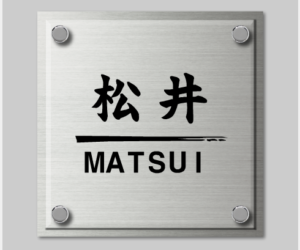 |
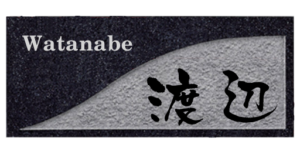 |
Traditional hyōsatsu were made from simple wooden boards with names written vertically in brush lettering.
Today, designs vary widely—from minimalist to artistic.
- Materials: wood, metal, ceramic, tile, marble, acrylic, or plastic
- Lettering: kanji, hiragana, romaji (alphabet letters)
- Styles: vertical, horizontal, decorative, modern, traditional
Because families choose a hyōsatsu that reflects their taste, it often becomes a subtle expression of personality—almost like a homepage before you step inside.
Why Hyōsatsu Matters in Daily Life
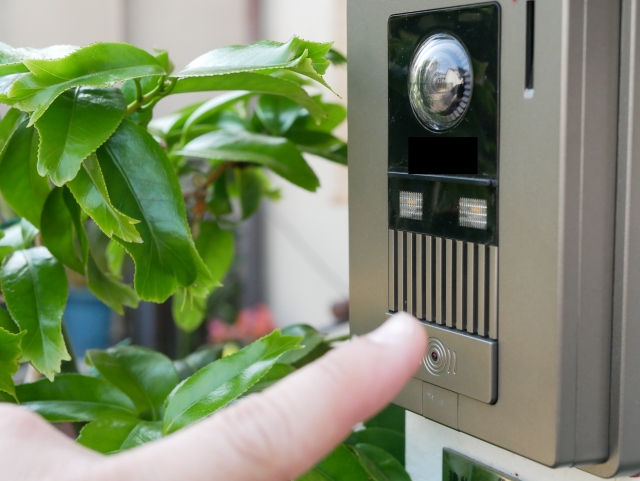
Japan’s postal and delivery system is highly name-oriented.
Couriers match parcels not only to an address but to the exact recipient’s name.
This makes the hyōsatsu especially practical:
- Delivery accuracy for packages and mail
- Easy identification for neighbors and visitors
- A quick way for service staff to confirm the home
In short, it simplifies everyday life in a highly organized society.
Changing Attitudes in Modern Japan

While hyōsatsu are still common, not every home displays one today.
Reasons include:
- Privacy concerns: reluctance to display family names publicly
- Safety: fear of identity theft or targeted crime
- Optional custom: there is no rule or law requiring households to have one
These concerns have become more common, especially in big cities.
Still, the hyōsatsu remains a familiar feature in many neighborhoods, blending tradition with modern considerations.
A Small Object with Cultural Meaning
The hyōsatsu represents more than identification—it reflects the Japanese emphasis on clarity, respect, and community awareness.
It quietly signals who lives in the house while welcoming guests with openness.
Whether carved in wood or printed in modern acrylic, it remains a fascinating detail of everyday Japanese life.
